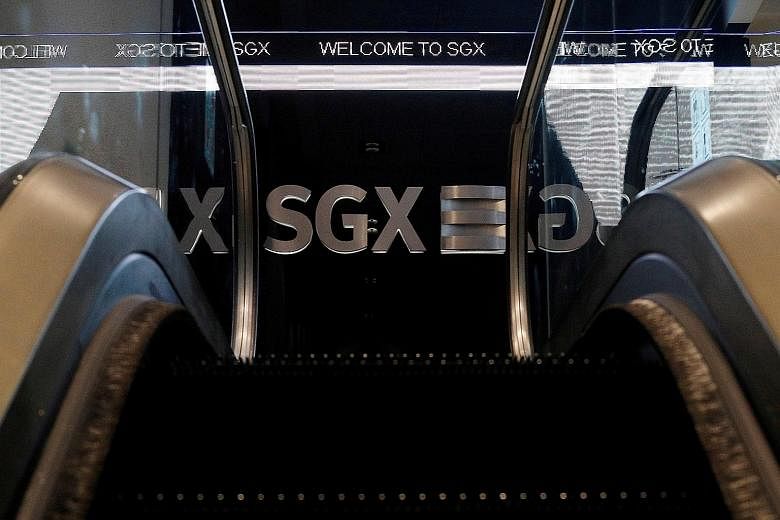The Singapore Exchange (SGX) started the final consultation stage for dual-class share listings yesterday with the unveiling of detailed rules and safeguards that most experts praised as comprehensive.
It said companies must meet its entry criteria for the mainboard, meaning that Catalist-listed firms are exempt.
Mr Tan Boon Gin, chief executive of SGX Regulation, told a briefing: "What these companies need is the ability to raise substantial funds in order to grow quickly. We agree with the committee's recommendations to allow certain companies to list using dual-class share structure."
It plans to allow firms with an expected market capitalisation of $300 million to list with the dual-class structure, a change from an earlier proposal of $500 million.
This could give Singapore an edge over Hong Kong, which is considering a market cap of at least HK$10 billion (S$1.7 billion).
Mr Michael Tang, SGX's head of listing policy and product admission, said: "The minimum $300 million market capitalisation is just one of the three criteria. There are three alternative admission criteria... and the company need only meet one of the three."
If a company is able to have $30 million pre-tax profit for the latest fiscal year with an operating track record of at least three years, then there is no requirement to meet the market capitalisation requirement.
Companies seeking to list under the dual-class share structure must convince the SGX that they need the set-up to succeed.
"The one-share-one-vote structure will continue to be the default structure. The DCS (dual-class share) structure will be the exception," said Mr Tan.
There are proposed safeguards against the two main risks presented by dual-class shares: expropriation, where owners seek to extract excessive personal benefits; and entrenchment risks.
SGX will give non-controlling shareholders the power to vote in their own independent directors, who will chair and form the majority of key governance committees such as the audit, nominating and remuneration committees.
To prevent founders from entrenching themselves, SGX has proposed allowing each multiple vote share to carry a maximum of 10 votes, and limiting initial holders of these shares to directors.
Mr Robson Lee, a partner at Gibson, Dunn & Crutcher LLP, said entrenchment and expropriation safeguards should be tighter.
But Ms Stefanie Yuen Thio, joint managing partner at TSMP Law Corporation, said the proposed safeguards are more comprehensive than she had expected.
"What I particularly appreciate about the proposed rules is that they have been structured with an eye on mitigating risk, rather than on rule observance.
"For example, there are no limits put on which industries can adopt dual-class structures; rather, the SGX will look at the business case for each applicant. This recognises that we operate in a disruptive economic environment where... business modalities are changing rapidly."
Ms Choo Oi Yee, managing director, head of Singapore investment banking at UBS, agreed that SGX has provided a good framework, saying: "Investors are also likely to take these into consideration, among others, when they make their investment decisions."
Mr David Gerald, founder of the Securities Investors Association (Singapore), said: "It's buyer beware. You need to go in with eyes open."
The consultation is open until April 27. The SGX plans to adopt the dual-class share structure shortly after June.

